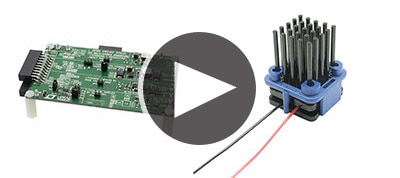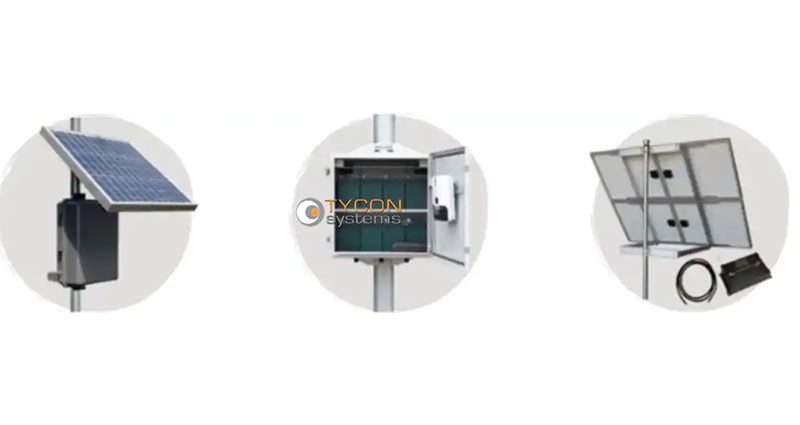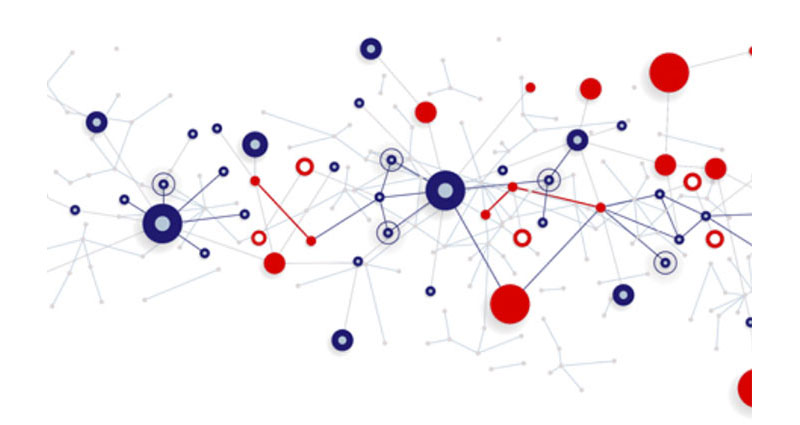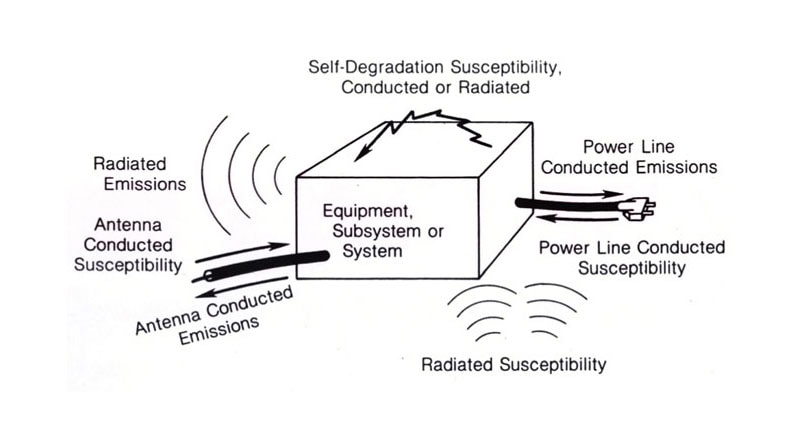Avoiding a Bump in the Road to Green Energy
Many years ago I discovered what a scrubber looked like. Though people familiar with coal-fired power stations know about scrubber technology, those of us who don't work in the electrical utility industry generally don't. So I was surprised to find that the scrubber facility added to clean pollutants from the emissions of a coal plant is usually larger than the original coal plant. Scrubbers use a cloud of fine water droplets combined with crushed limestone to pull sulfur out of the plant's exhaust before it reaches the atmosphere.
Clearly, the installation of a scrubber is an expensive proposition which probably explains why only about 30% of the 240 U.S. coal-burning power plants operating today have them. But the payoff is worthwhile: What goes out the scrubber smoke stack is basically just pollutant-free steam.
Unfortunately, what scrubbers don't scrub out of emissions is carbon dioxide. That's a problem when you are worried about putting greenhouse gases into the atmosphere. Consequently, many U.S. coal plants are scheduled to be retired within a few years, and about 157 more have been retired in the past few years.
This mass retirement apparently gave someone at the U.S. Dept. of Energy an idea: They looked into the practicality of converting shut-down coal plants into small modular nuclear reactors (SMRs) and advanced non-light-water nuclear reactors (ARs).
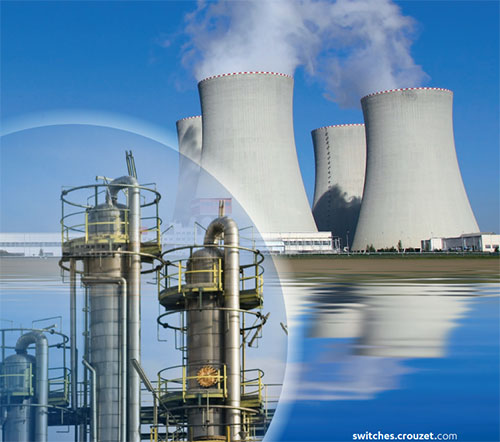 (Image source: Crouzet Controls)
(Image source: Crouzet Controls)
Both technologies have been investigated for decades. They use passive safety measures that operate without human intervention and show enough promise to have attracted private investment--even Microsoft founder Bill Gates has funded an SMR start-up. Many of these smaller reactors are also designed to sit below ground level, giving them resistance to terrorist threats. And studies show they won't need as many safety provisions as large reactors thanks largely to their higher surface-area-to-volume (and core heat) ratio.
DoE researchers say that one point in the favor of putting these new reactor designs on the same spot as decommissioned coal-fired plants is that coal plants are seldom large – more than 90% are under 500 megawatts electric (MWe), and some are under 50 MWe. SMRs are generally 300 MWe or less, about a third of the size of traditional nuclear reactors, and take up much less space. Moreover, nuclear power plant projects could also help preserve the existing experienced workforce in communities around retiring coal plant sites; a lot of coal-plant veterans already have skills and knowledge that come in handy for working at a nuclear power plant.
The DoE also found that using the existing coal infrastructure for new ARs can save 15 to 35% on construction costs. The up-front savings could total into the millions through the re-use of existing grid connections, office buildings, electrical equipment such as transmission connections and switchyards, and civil infrastructure.
All this sounds great, but it looks like the primary argument for plopping SMRs and ARs onto old coal plant facilities may turn out to be the reuse of grid connections. That's the impression you might come away with from a recent analysis conducted by the Rapid Energy Policy Evaluation and Analysis Toolkit (REPEAT), a project led by Prof. Jesse Jenkins of Princeton University. The analysis looks at the recently passed federal legislation known as the Inflation Reduction Act (IRA), and specifically, the part of the act aimed at clean energy production.
REPEAT at first estimated that investments granted by the Act would reduce net emissions 42% below 2005 levels, compared to 27% under current policies. But more recently, REPEAT found that if the U.S. continues to build transmission lines at the same slow pace as has been the case for the past decade—about 1% annually—the result will be emissions in 2030 that may not be much different than what would have been the case without the IRA. That's because the IRA includes incentives for electric vehicles and other modes of electrification that will increase the demand for electricity.
If transmission expansion is limited to 1%/year, predicts REPEAT, natural gas use will rise to 4% above 2021 levels in 2030 and remains elevated through 2035. And the U.S. will consume over 110 million tons of additional coal in 2030 than would be the case without the IRA. To avoid this situation, the U.S. would have to more than double its grid infrastructure construction effort, something that is highly unlikely to happen.
For those who viewed the IRA's enactment as a climate-friendly gesture, these predictions are probably a bit mortifying. But there is a bit of good news buried in the figures and exhibits put out by REPEAT in its latest report: Look at the group's graphs of electricity generation predictions and you'll note they see nuclear electricity generation experiencing no growth through 2035 and actually falling under some scenarios. Apparently, they did not figure the rise of ARs or SMRs into any of their prognostications.
And there's the opportunity: The potential for a new nuclear technology more or less coming out of left field to solve both the emissions and the grid infrastructure problems.

Have questions or comments? Continue the conversation on TechForum, DigiKey's online community and technical resource.
Visit TechForum






